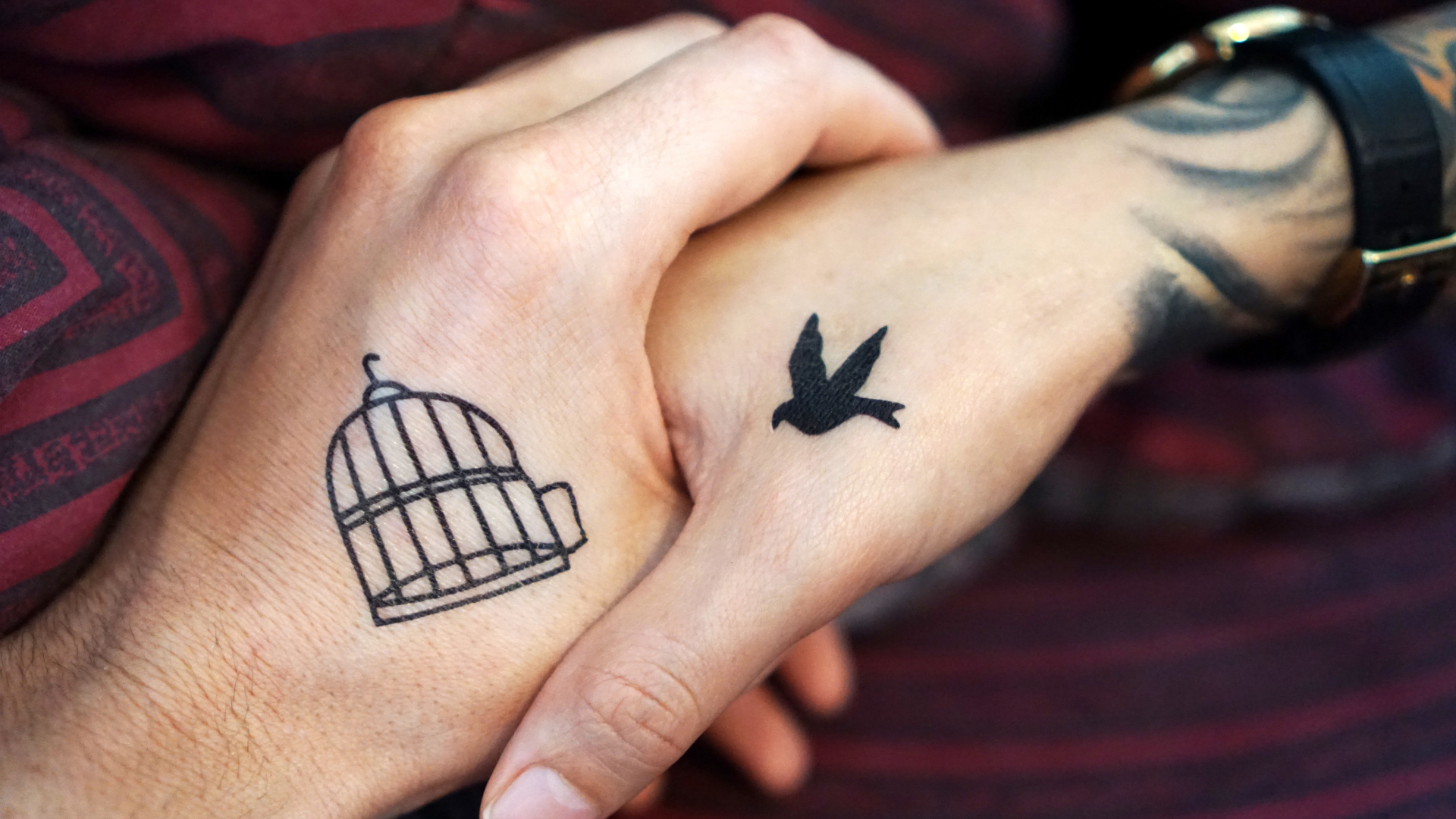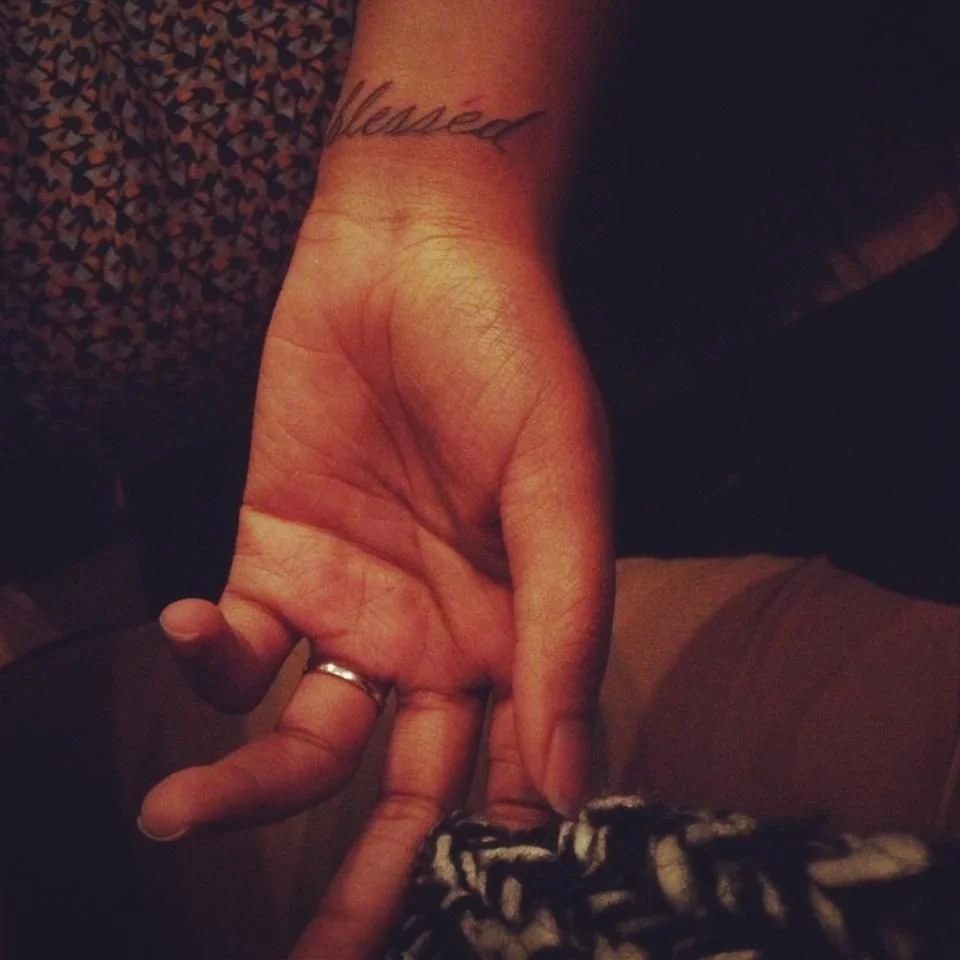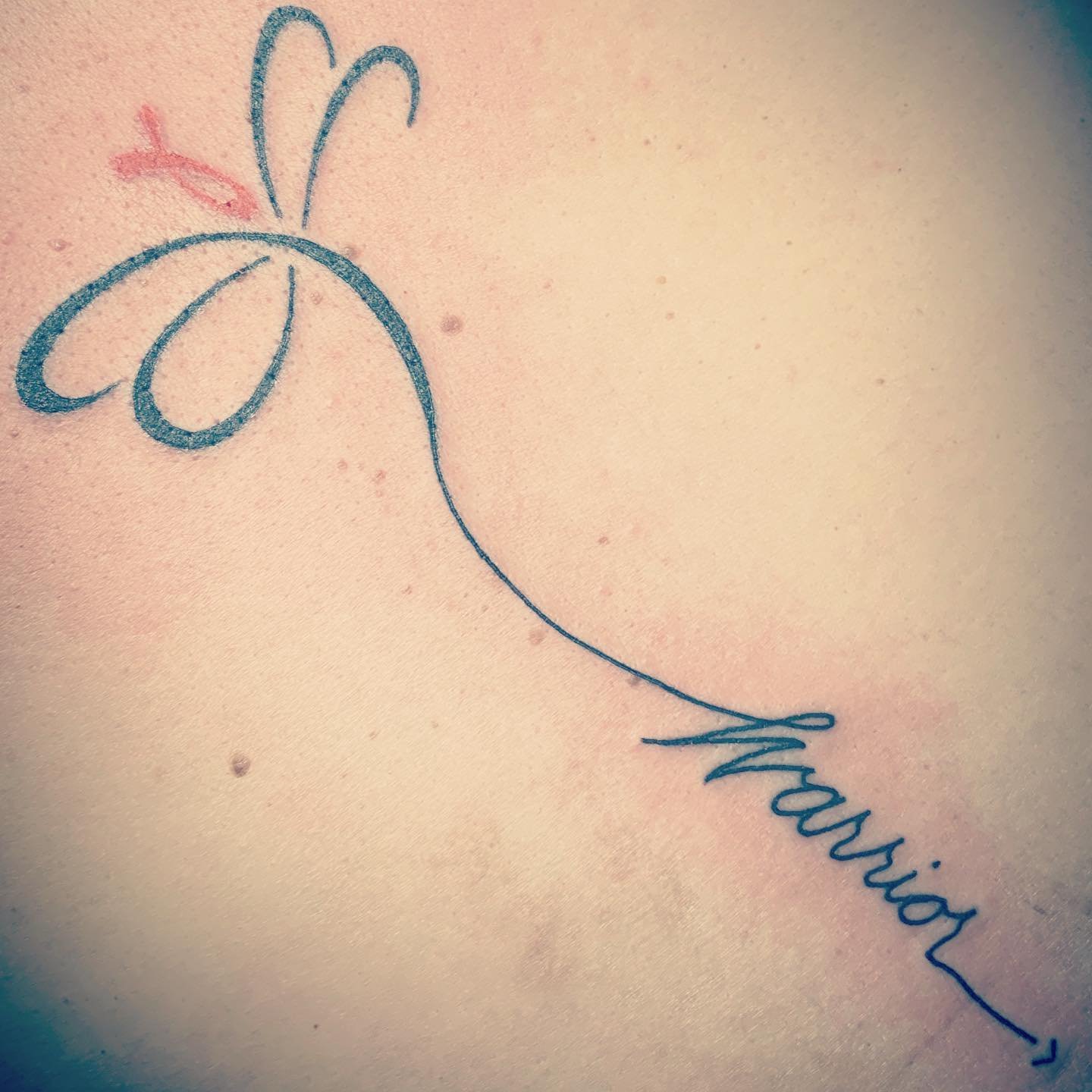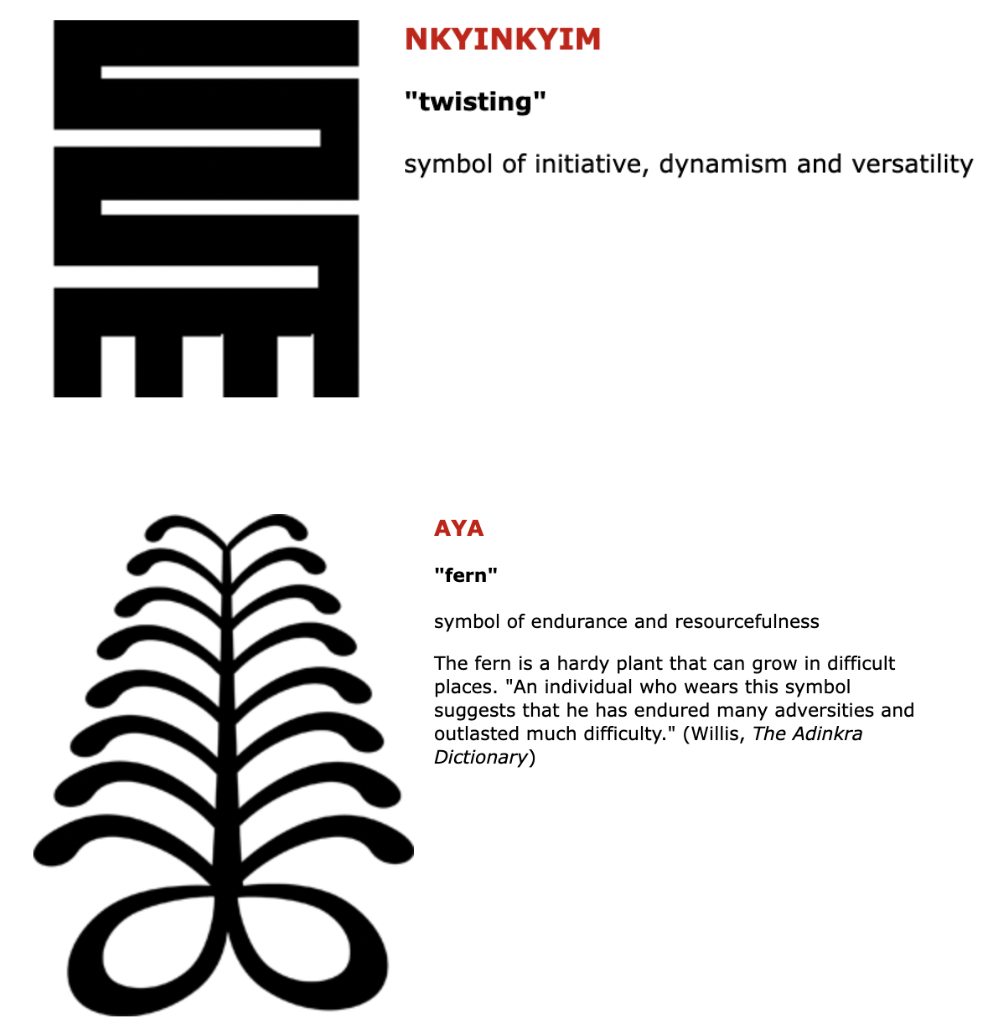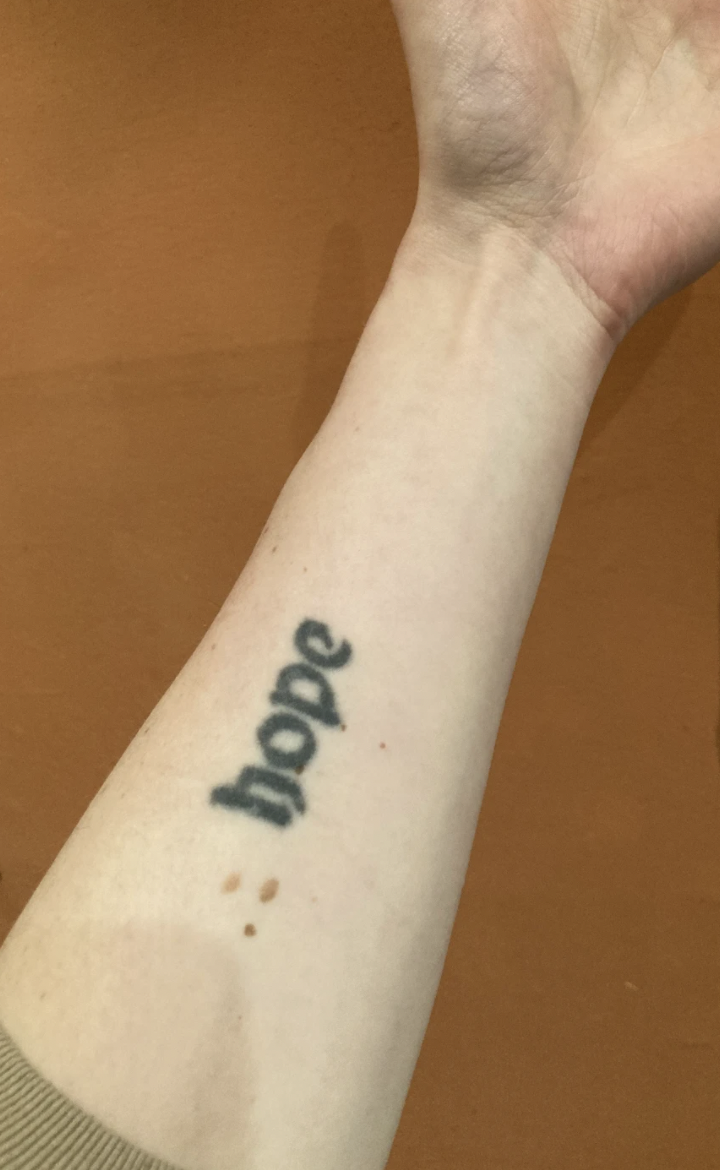Disabled and Inked: The Stories Behind Tattoos of Disabled People
Two people holding hands. One has a bird cage tattoo and the other has a tattoo of a bird wearing a watch. Credit: Canva Stock Photos
By Arielle Dance, Writer at Diversability
Living with disabilities and coming to terms with new debilitating conditions brings many people to take control of their bodies in artistic ways. From dance and music to crafting and cooking, creative expressions have been proven to have positive impacts on people with disabilities. Another creative approach to expressing disability experiences is through tattoos. The range of tattoos in the community can span from awareness ribbons with intricate details to scar enhancers or coverups.
Tattoos can allow people to connect with their disability in a meaningful way— finding love for pieces of themselves that may not have existed before. The disability community uses the tattoo art form to elevate their experiences, connect with parts of their bodies that may have been rejected, or express emotions in a way that reclaims control and power. In any support group you may see conversations about the recommended tattoos for a specific condition or disability. Many members of a disability circle may have similar body art to symbolize their experiences with the same diseases or disabilities. I asked members of our Diversability Leadership Collective to share the meanings behind their tattoos and how it relates to their disabilities.
As a member of the disability community, I got my second tattoo after my first Pulmonary Embolism (life-threatening blood clot on the lungs)—in a time when I was learning to appreciate the blessing of life but also struggling with feeling damaged. I was dealing with, yet another, traumatic health diagnosis and trying to find the beauty in my pain. From those emotions was born a simple text tattoo “blesséd”with a red accent aigu over the letter “e”. The word blessé in the French language means wounded, injured, or hurt. I love how that French word melted so gently into the English word blessed. I look at my left wrist daily and am reminded that I am blessed to be alive even though I am hurting and wounded.
Hand of woman facing upward, palm up, with ring on finger. Wrist tattoo is text “blessed”. There is a red accent over the last e. Courtesy of Arielle Dance
Shawn Greenwood is a Multiple Sclerosis (MS) warrior who identifies with dragonflies. (MS is a disease of the brain and spinal cord). Placed at her spine, Shawn’s warrior text tattoo is blended with symbolism of the MS awareness color, orange, and dragonfly imagery. “The ribbon color of MS is orange and [people] who battle MS are called warriors. My tattoo is a combination of all of these. It is a dragonfly with the orange MS ribbon for [its] antenna. The dragonfly's tail is the word "warrior" in the script. It was extremely painful to get done but I felt like even that process represents my daily battle with MS.” Disabled people who live with debilitating pain may agree about the pain comparison. What is the temporary pain of getting a tattoo compared to chronic pain of an illness? Greenwood’s ink is an expression of resilience and perseverance.
Image Description: Tattoo on person’s back. Outline of a dragonfly with MS ribbon as antenna. Tail trails to the text warrior in script. Courtesy of Shawn Greenwood.
Like Greenwood, Caroline Mailloux, lives with chronic pain that inspired her tattoo. Mailloux lives with a spinal cord disorder, post-traumatic stress disorder (PTSD), attention deficit hyperactivity disorder (ADHD), and chronic pain. With multiple disabilities, Mailloux’s tattoos are messages of endurance and versatility. On her left arm is the West African symbol, Nkyinkyim (twisting) “to remind myself of my strength even though the left side of my body is impaired from an imperfect spinal cord injury”. Mailloux’s second tattoo is also a West African symbol, Aya (fern). “[The tattoo is] above a foot-long scar on my back from the [surgery] that caused/helped elements of spinal cord disorder.” Mailloux chose the West African symbol system called Adrinka because she previously worked in global health living in Mali and Ghana. The Nkinkim symbol represents initiative and versatility, so Mailloux has this tattoo on her left arm so she can see it when she writes. Aya symbolizes endurance and resourcefulness. These words are the perfect match to her spinal cord scar and ongoing chronic pain journey.
For Nico Meyering getting a tattoo was an act of hope and restoration. Meyering has Congenital Central Hypoventilation Syndrome (a disorder that affects normal breathing). Meyering’s tattoo is of the word hope on his inner left arm. “It was a reminder to myself to keep up hope even as I was battling internalized ableism and shame that kept me prisoner to a substance use problem. Now I’ve been clean [for] over ten years. Whatever hope we have—a little or a lot—it’s worth the work and it’s worth pursuing!” This message of faith and aspiration is an embodiment of what it means to live with disabilities for so many.
Inner arm of a man with the word hope in bold font. Courtesy of Nico Meyering
The symbolism and artistry in these tattoos signifies the strength and journeys of each person with a disability. Tattoos allow people with disabilities to highlight the path they have taken, the scars they bear, and experiences they have survived. I recognize that the variety of tattoos are endless and those shared are only a small representation of possibilities for the disability community.
For anyone who is ruminating on tattoo possibilities, know that you can embrace a scar, go bold with a tribute to your assistive device, write love notes with a quote or passage, or be accessible with braille or sign language. With endless possibilities, talk to your support groups and community to consider what tattoo will represent your experience. You may also consider supporting a tattoo artist who has a disability. Their lived experience with a disability may be beneficial in the brainstorm and execution of your tattoo as you make this life-long commitment.
About the Author:
Arielle Dance is a Content Writer at Diversability who identifies as a Black queer woman with disabilities. A Ph.D. in Mind-Body Medicine, Arielle is published on multiple online platforms and has a children’s book, Dearest One, that focuses on mindfulness and grief.
The author thanks Diversability Leadership Collective members Shawn Greenwood, Caroline Mailloux, and Nico Meyering.

